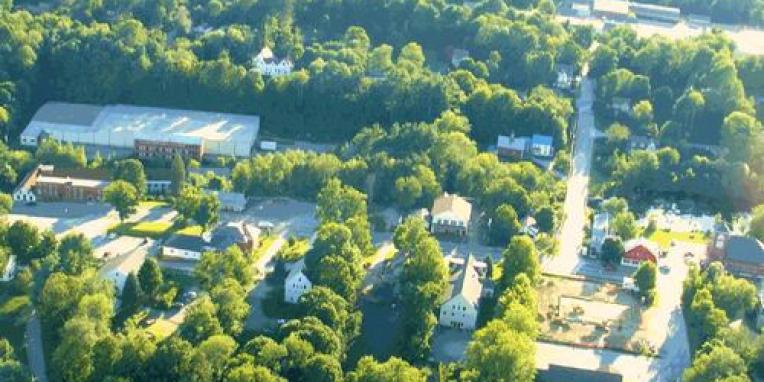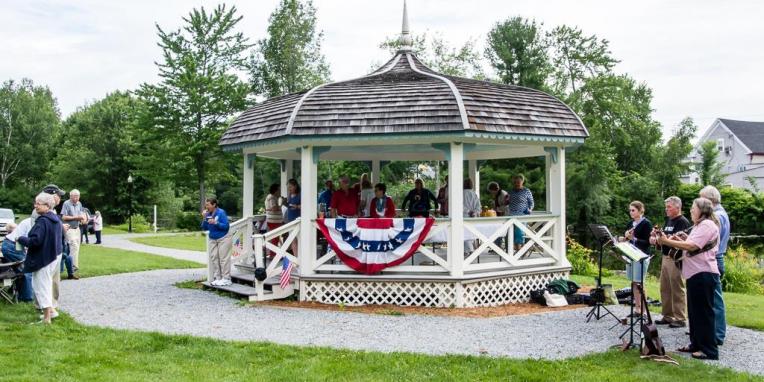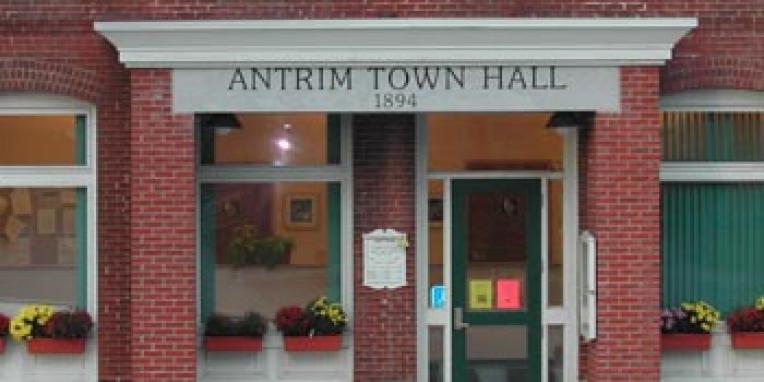Watersheds
A watershed is an area in which all the land drains to a particular common point or body of water. When dealing with a body of water, it can be thought of as being synonymous with a drainage basin.
Besides acting as collection areas for surface water bodies, they also function as holding areas for floodwaters and seasonal high waters. In addition, they serve as recharge areas and discharge points for groundwater. Groundwater recharges surface water resources, as well as water wells during dry summer months.
The surface waters of rivers, streams, lakes, brooks and ponds are not only collection points for water but are also sinks for collecting pollution. There are two main categories of pollution: point source pollution and non-point source pollution. Point source pollution is pollution in which a specific source can be identified. An example of a point –source type of pollution would be a sewer pipe discharging directly into the water.
Non-point source pollution is pollution that is caused when water flows overland or through the ground, picks up pollutants and transports them away from the source and deposits them elsewhere, in surface or ground waters. Surface run-off can be considered a non-point pollution source because it can pick up many types of pollution on its way to a waterway. Several examples of specific pollution types that can enter our waterways through storm drains are as follows: sediments, fertilizers, pesticides, vehicle fluids (leaking oils, fuels and anti-freeze), litter, household hazardous waste, and paint, just to name a few.
Antrim falls entirely within the Contoocook River Watershed, which is a part of the Merrimack River Basin. There are four main watersheds in Antrim: the Contoocook River, the North Branch of the Contoocook River, Great Brook, and Cochran Brook. The Contoocook River flows approximately 70 miles from Poole Pond in Rindge north to Concord, where it flows into the Merrimack River. Its total drainage basin amounts to 766 square miles. Antrim’s portion is but a small part of this total area, located approximately at its midpoint. All of Antrim’s surface water drainage eventually flows into the Contoocook River.
The North Branch is a major tributary of the Contoocook River and which flows northerly from Highland Lake in Stoddard to its confluence with the Contoocook River in Hillsboro, just north of the Antrim town line. Both of these rivers were placed in the New Hampshire Rivers Management and Protection Program in June 1991.
Surface drainage for Great Brook first initiates from the eastern slopes of the western hills (Tuttle, Holt and Patten Hills, and Willard Mountain), which then flows into Gregg Lake. The outlet from Gregg Lake is the first time the designation of Great Brook is used. It flows easterly approximately two miles from Gregg Lake into the main village section of town. Here it turns southerly and is dammed to form the Mill Pond, which closely parallels Main Street. The Summer Street Dam forms the Mill Pond. From this outlet, it continues southerly approximately ¼ mile where it turns easterly again and enters the Contoocook River. Cochran Brook’s headwaters flow into Campbell Pond. From Campbell Pond the brook flows south-southeasterly approximately three miles to the Contoocook River.




